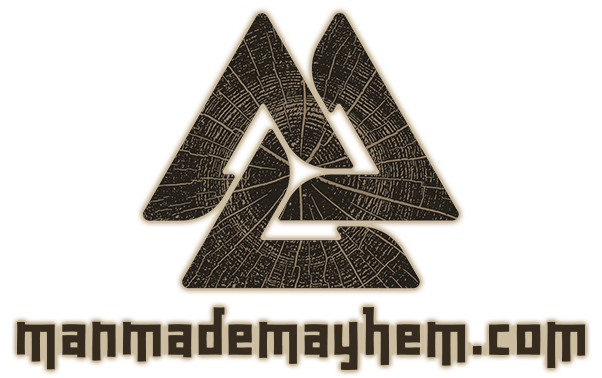It’s been quiet around the electronics enclosure i’m building, but I have been doing some research and testing things out.
I finalised feature implementation and the button placement for the control box, and decided to put a second – small – ‘satellite box’ inside my dust enclosure. (not designed yet)
The satellite box will be connected to the main enclosure through a 7-pin aviation plug and probably an 8-wire ethernet cable (only because I have lots of them lying around). It will contain the 230V relays and limit detection electronics.
The 7-pins will be: +5 and GND, Limits X, Y and Z, spindle enable and a seventh reserved pin for future potential use. (vacuum, coolant, … who knows?)
There are different reasons for this decision:
1. I want to take my time getting the limit switch electronics right. I am going to use hall sensors, but I’m merely an electronics enthousiast at best, so it’ll probably take some time to get it to work. But since it will be in a separate box, I can build the main enclosure without having to worry about taking it apart later on in order to add these features. So basically it gives me the ability to experiment without having to touch the finished main box.
2. The limit sensors will have notification LEDs which will be mounted on the satellite box front panel. There’s no need for those LEDs to be on the main enclosure, and it would only add more wiring, which I wanted to avoid in the first place.
3. In the same spirit, as I originally set out to keep the amount of wires going in and out to a bare minimum, I opted not to put the 230V relays in the main enclosure. Power cables are relatively clunky and I would need to add a power socket for every 230V device I add in the future. As it is designed now, I have a simple 5V signal going to the satellite box. That signal is carried in the same cable as the limit switch signals, and I even have an extra wire for future use also included.
4. The power sockets I bought are rated at 10A. Stepper current + spindle current + maybe vacuum/… in the future. Well, that’s just asking for trouble. So the way I do it now, the only thing drawing respectable current in the main enclosure are the stepper motors, which should be safe.
So all in all I think this is the best (and only) way to go.
With everything finalized, I just wanted to double-check airflow path. It’s looking good if you ask me.



One thought on “Electronics enclosure / control interface (8) – final version”